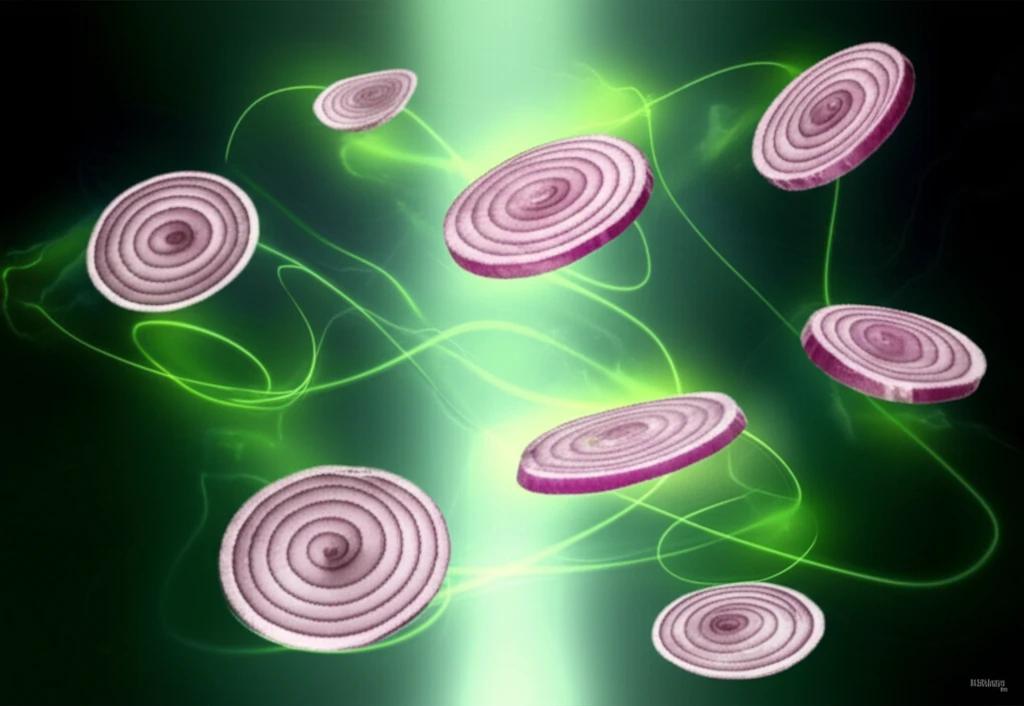
Unlocking Onion's Potential: How Exergy Analysis Can Revolutionize Food Drying
"Discover how exergy analysis optimizes onion drying, slashing energy waste and boosting sustainability for a greener, more efficient food industry."
In an era where energy efficiency and sustainable practices are paramount, industries are constantly seeking innovative methods to optimize their processes. The food processing sector, a significant consumer of energy, is no exception. Drying, a crucial step in preserving various food products, is notoriously energy-intensive. However, a groundbreaking approach known as exergy analysis offers a pathway to revolutionize drying processes, making them more efficient and environmentally friendly.
Exergy analysis, unlike traditional energy analysis, delves deeper into the quality of energy and its potential for conversion. It identifies where energy is lost or degraded, providing valuable insights for improvement. This method is particularly beneficial in complex systems like food dryers, where energy transformations occur at multiple stages.
This article explores the application of exergy analysis to onion drying, a common practice in the food industry. By understanding how this advanced analytical tool can minimize energy waste, enhance product quality, and promote sustainability, manufacturers and consumers can make more informed decisions, paving the way for a greener and more efficient food industry.
What is Exergy Analysis and Why Does it Matter for Onion Drying?

Exergy analysis is a thermodynamic analysis technique that evaluates the quality and potential of energy resources. Unlike traditional energy analysis, which only considers the quantity of energy, exergy analysis assesses the usefulness or potential of energy to perform work. It identifies inefficiencies by pinpointing locations where energy is degraded or lost, providing a more accurate picture of the true energy consumption and waste within a system.
- Pinpointing Inefficiencies: It helps identify specific stages in the drying process where the most significant energy losses occur.
- Optimizing Energy Use: By understanding the exergy flows, engineers can optimize the drying parameters (temperature, airflow, etc.) to minimize waste.
- Enhancing Sustainability: Reducing energy consumption directly translates to a smaller carbon footprint, promoting more sustainable practices.
- Improving Product Quality: Efficient drying processes also help maintain the nutritional value, color, and texture of the dried onions.
The Future of Food Drying: Embracing Exergy Analysis
As industries worldwide strive for greater efficiency and sustainability, exergy analysis emerges as a vital tool for optimizing food drying processes. By understanding the quality and potential of energy, manufacturers can minimize waste, reduce environmental impact, and enhance product quality. Embracing exergy analysis is not just a technological upgrade; it’s a step toward a more sustainable and responsible future for the food industry.
